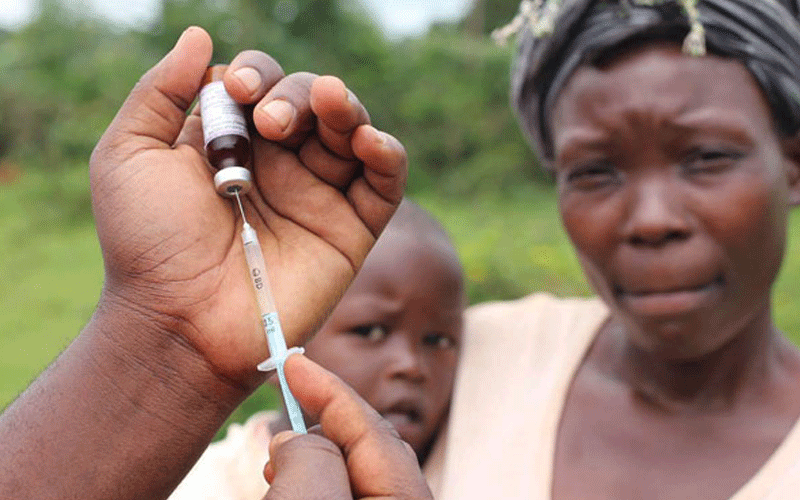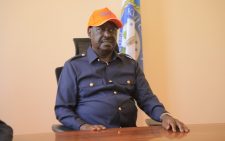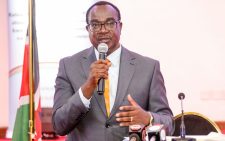Reduced funding pose challenges for immunisation programmes

Milliam Murigi @millymur1
As the world responds to Covid-19, money set aside for immunisation programmes in different countries has been diverted to fight the pandemic.
Mass immunisation programmes have been stopped to reduce the risk of spreading Covid-19, according to World Health Organisation (WHO).
However, more challenging times are coming post-Covid-19, especially in Kenya where donors funding immunisation and infectious diseases programmes are set to pull out their support.
Such programmes in the country are co-financed by the Global Alliance for Vaccines and Immunisation (Gavi) and the national government.
Kenya funds 100 per cent traditional vaccines including BCG, oral polio vaccine, measles-rubella, tetanus toxoid/tetanus diphtheria.
The government also funds 10-15 per cent of Gavi funded new vaccines such as rotavirus, pneumococcal conjugate vaccine, Pentavalent (diphtheria, pertussis, tetanus, hepatitis B and Haemophilus influenzae type b), injectable polio vaccine and human papilloma virus vaccine.
Though donor support pullout will be gradual until 2026, the country will start feeling the heat in 2022 when it is expected to start increasing financing for Gavi-funded vaccines.
Allan Ragi, Executive Director, Kenya Aids NGOs Consortium, says donor pullout spells doom to immunisation programmes as it has been grappling with unreliable cash flows.
This resulted in late release of funds, leading to debts and shortages of vaccines, thus interfering with the immunisation timetables.
Reena Atuma, Project Officer, Institute of Public Finance Kenya, says to ensure smooth transition, Kenya is supposed to enter the accelerated transition in 2022.
This means rapid increases in allocations from domestic resources up to 2026 when Gavi is expected to exit.
“We foresee challenges in donors’ withdrawal because immunisation budget provided in the country is only half of what is required, yet no funding has been allocated for running of regional depots.
Apart from that, operations at central vaccines warehouse are not funded and funding of advocacy activities is mainly from partners,” she says.
Domestic funding need for the national government stands at Sh1.4 billion per year against a budget of Sh750 million.
If more funds are not injected into these programmes the country risk reversal of gains made in preventing killer diseases and disabilities.
“The benefits of immunisation cannot be overemphasised. Moving forward, the national and county governments should ensure incremental resources for such services from domestic finances to cover the gap that comes with the transition.
To increase the pool, county governments need to allocate resources specifically for immunisation and provide budget codes to track the allocation and expenditure,” adds Atuma.
Fortunately, a new Unicef initiative, Vaccine Independence Initiative (VII), whose aim is to help countries secure a sustainable supply of life-saving vaccines after phase out of Gavi, will be of great help to countries such as Kenya.
The initiative helps countries purchase vaccines as they await the release of national budget funds.
In addition, it provides countries assistance to strengthen the planning and budgeting processes to manage essential supplies procurement.
The government has been provided with a ceiling of Sh482 million.












